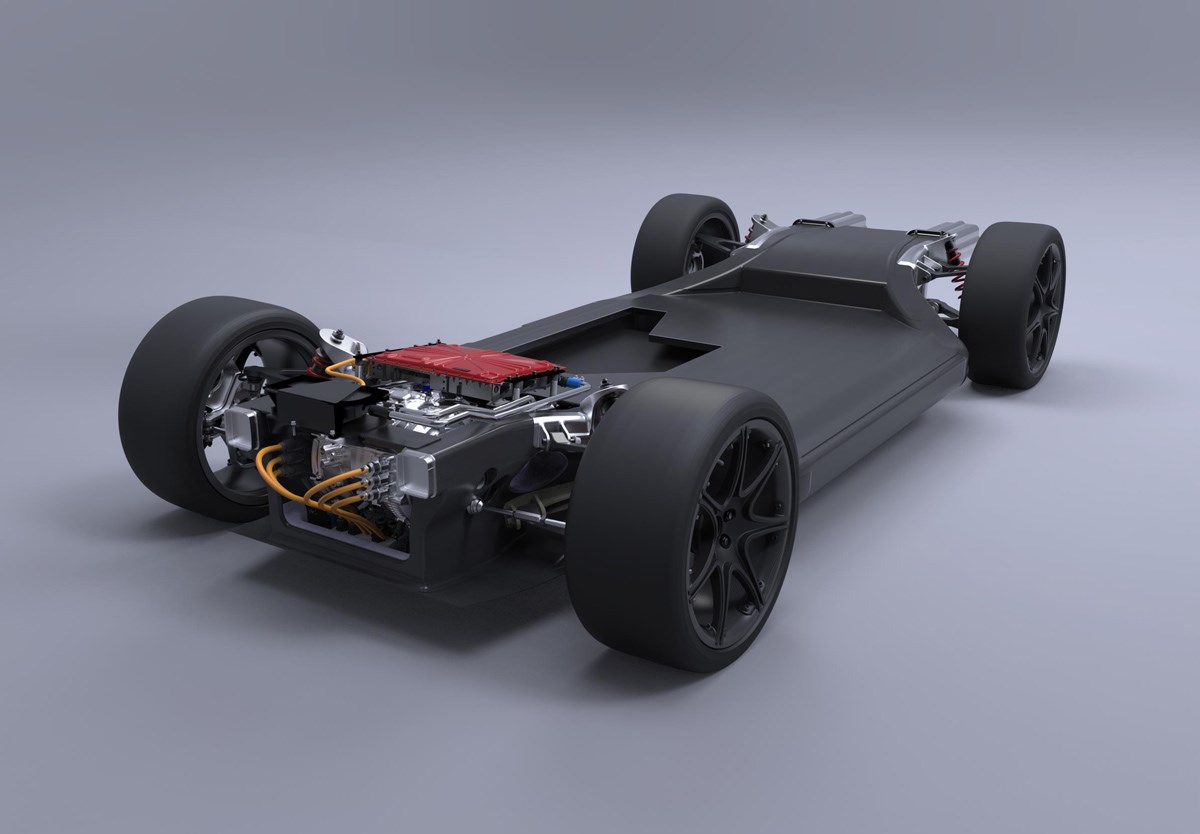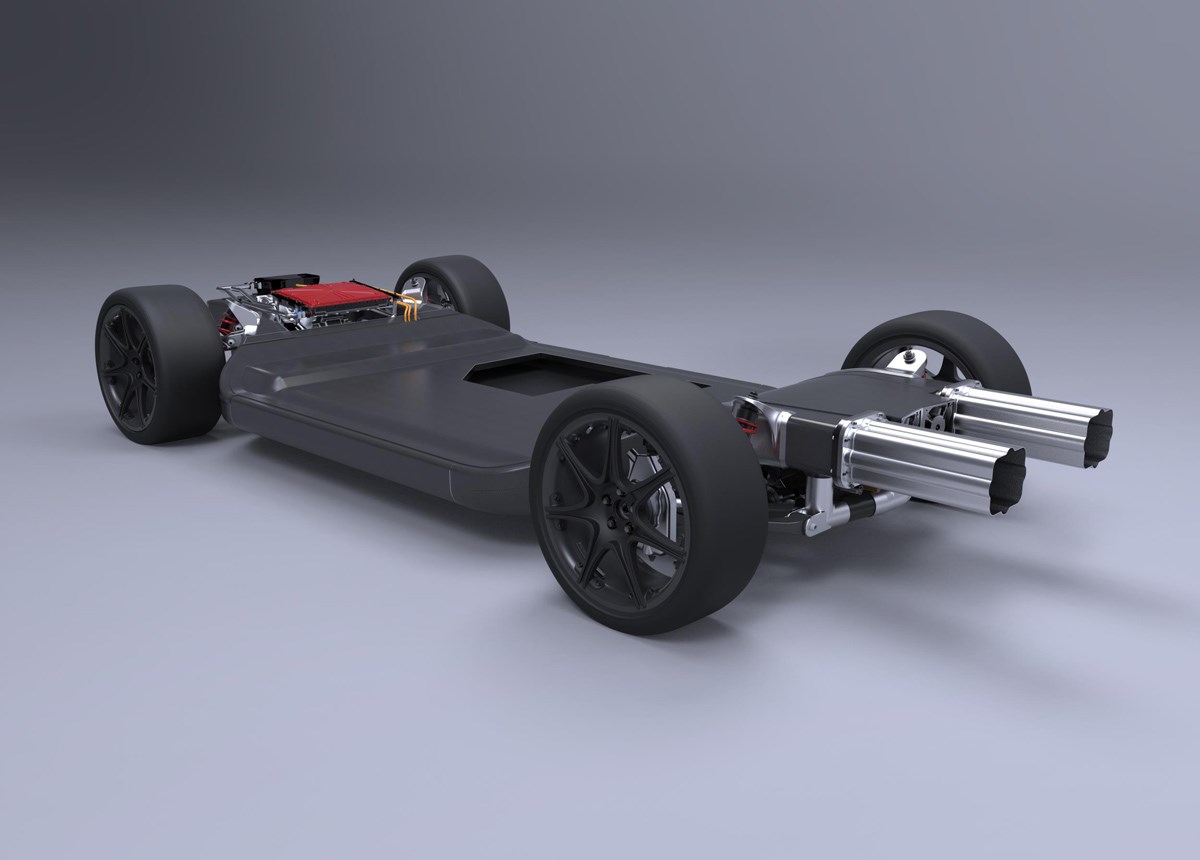Williams Advanced Engineering (WAE) has revealed their first lightweight EV platform concept that could underpin the first all-electric Aston Martin model, due in 2019.
WAE is the advanced technologies division of the Williams Formula 1 team. With the car industry currently shifting focus from the internal combustion engine to a fully electric future, the company is developing new technology to maximise electric efficiency.
Codenamed the FW-EVX, WAE say the new electric platform concept has been designed to make EVs lighter, safer, with longer range and better performance.
“This represents a new direction for Williams’ advanced engineering business, as its own R&D team has developed the proprietary innovations and has submitted patents for a number of the inventions," Craig Wilson, Williams Advanced Engineering Managing Director.
"We believe there is a high potential business opportunity here, and are excited to see where this could take us.”

WAE say the concept features several innovations in battery pack and cooling systems design, packaged in a lightweight structures that has been integrated into a single, scalable platform - opening up the opportunity to build different sized platforms for different body types.
WAE has also developed a new highly automated, near zero waste process that to build fibre reinforced suspension components on the EV platform, providing up to 40 per cent weight reduction over an aluminium wishbone setup.
Another innovation is said to be the process of forming high-strength 3D structures from 2D materials which has created an exoskeleton for a battery module that also contributes to the structural performance of the battery.

"These technologies, and our thinking around how to create a tightly integrated, light-weight chassis and powertrain package, have the potential to greatly increase the competitiveness of the next generation of electric vehicles," said Paul McNamara, Williams Advanced Engineering Technical Director.
"By making EVs more attractive to consumers, we can help accelerate their adoption and the air quality benefits they bring.”








